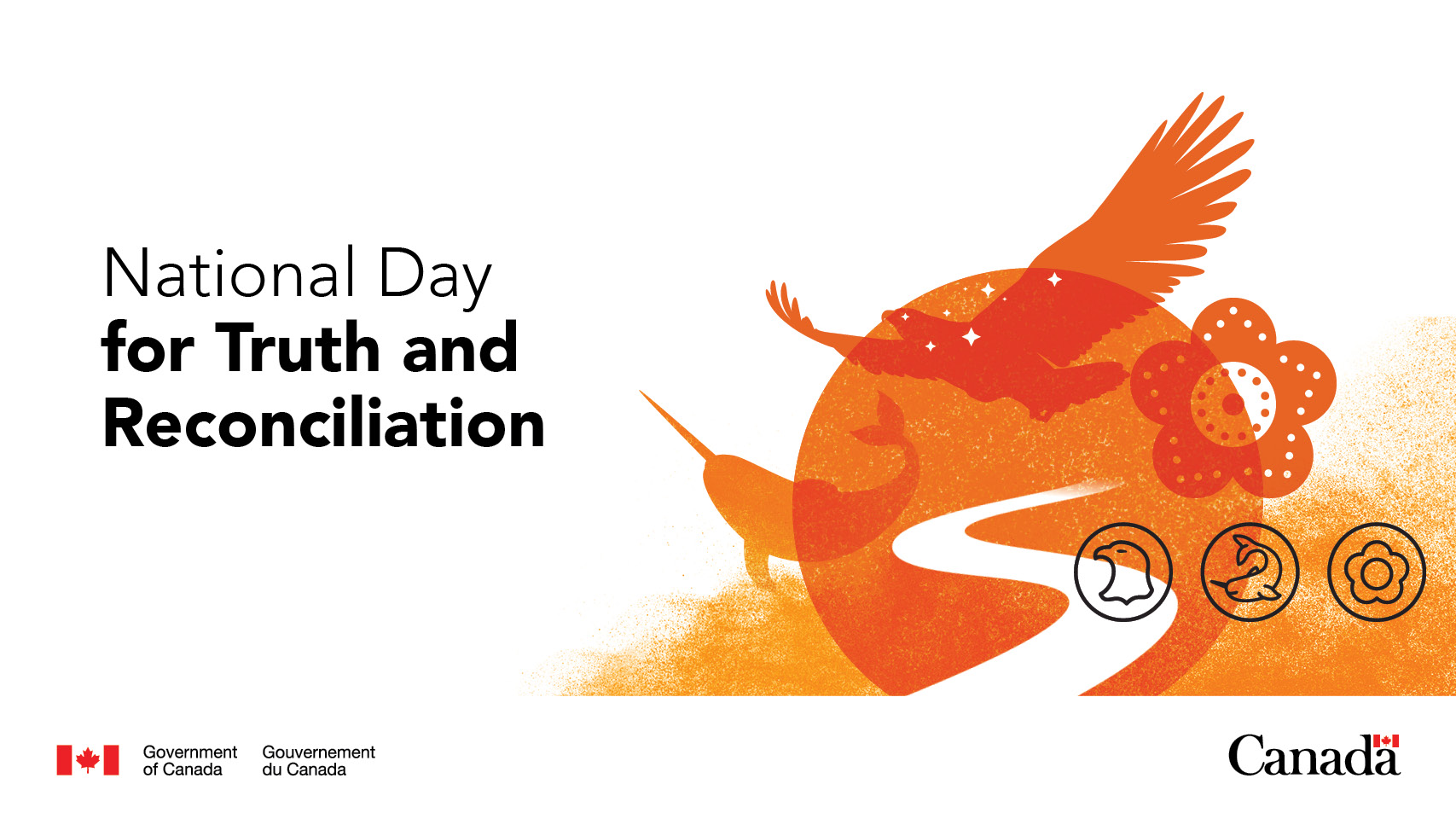This National Day for Truth and Reconciliation, we are committed to sharing the truth about our collective past and the harm that the child welfare system has caused. Without honesty and critical self-reflection, we cannot move forward on our journey towards reconciliation.
“The overrepresentation of Indigenous children and youth in the child welfare system today is the direct result of our country’s colonial history,” said Nicole Bonnie, CEO of OACAS. “On-going colonialism, systemic anti-Indigenous racism, and inter-generational trauma are at the root of the challenges being faced by First Nations, Inuit, and Métis communities and families. Understanding this is important for all Canadians, but especially those who work directly with Indigenous families.”
It is commonly recognized that the history of child welfare in Canada began with J.J. Kelso—often referred to as the founding father of child protection work—in the 1880s in the city of Toronto. Child welfare emerged at a time when the Canadian settler colony was seeking to establish itself politically, economically, and culturally. Across the British Empire, including the Canadian settler colony, it became a truism of the time that children are the future of the nation. However, only certain children—namely low-income white settler children—were deemed worthy of saving from cruelty and neglect. The central concern of child rescue initiatives was preserving the dominance of the white race and ensuring lower-class white settlers did not sink to the level of the “savage Indians” (Source: Landertinger, 2017; Swain 2009). The child welfare system and the Indian residential school system emerged as two separate and distinct solutions for these respective child populations.

The first five calls to action in the Truth and Reconciliation Commission’s final report are aimed at child welfare. They focus on:
- Reducing the number of Indigenous children in care,
- Publishing annual reports on key child welfare data,
- Implementing Jordan’s Principle,
- Enacting child welfare legislation that considers the rights of Indigenous families and communities to care for their own children, and
- Developing culturally appropriate parenting programs for families.
Read the full TRC report here.
From the earliest stages of child welfare development, Kelso and others agreed that for white settler children “child saving efforts should never be directed to institutional life, but to that normal arrangement which keeps the child in the family relation,” as it was well understood that institutionalization was a harmful practice (Source: Landertinger, 2017). And yet, simultaneously, Indigenous children were being institutionalized in droves. At the very same time that cruelty and neglect towards white settler children became a punishable crime, Indigenous children were subjected to unfathomable violence and cruelty by the settler society.
When attendance at residential schools was no longer compulsory and child welfare services were downloaded to the provinces in the 1950s and 1960s, the rate of Indigenous child apprehensions across Canada increased exponentially. Indigenous children were now eligible to access the child protection services previously only available to white children. This “more equal care” resulted in the policies and practices of the Sixties Scoop, that led to the removal of thousands of First Nations, Inuit, and Métis children from their homes, families, and communities. This is why child welfare is often considered the successor of the residential school system.
Read more about the history of child welfare and residential schools in our set of frequently asked questions.
Former Residential School students can call 1-866-925-4419 for emotional crisis referral services and information on other health supports from the Government of Canada.
Indigenous peoples across Canada can also go to The Hope for Wellness Help Line 24 hours a day, 7 days a week for counselling and crisis intervention.
Call the toll-free Help Line at 1-855-242-3310 or connect to the online chat.
Resources:
Landertinger, L. (2017). Child Welfare and the Imperial Management of Childhood in Settler Colonial Canada, 1880s-2000s. University of Toronto (Canada).
Swain, Shurlee. 2009. “Sweet Childhood Lost: Idealized Images of Childhood in the British Child Rescue Literature.” Journal of the History of Childhood and Youth. 2(2).